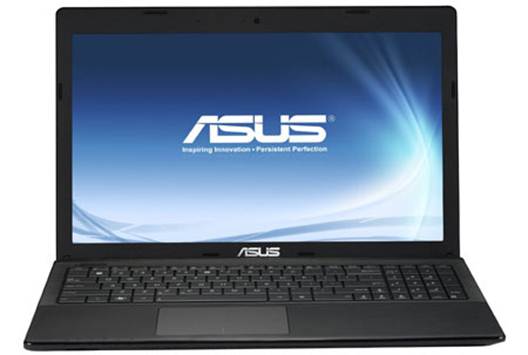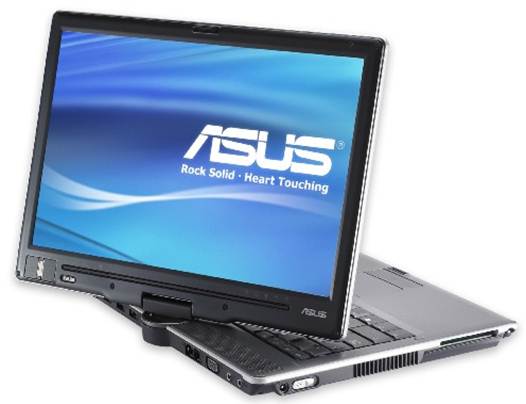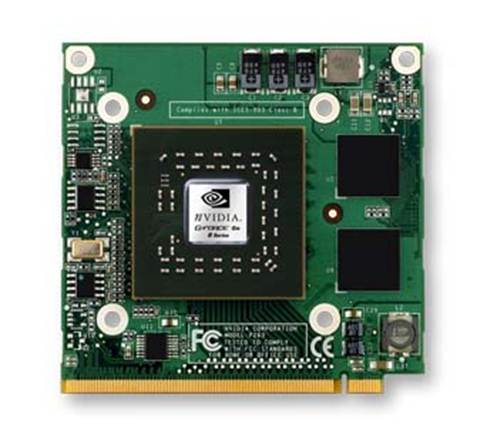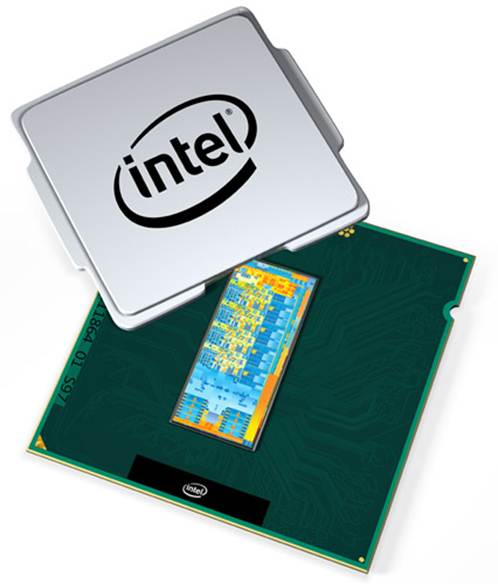Screen
One of the biggest variables when looking
for a laptop is the kind of screen it has. There are a myriad resolutions,
technologies and finishes to consider, some of which have an appeal that is
highly personal.

One
of the biggest variables when looking for a laptop is the kind of screen it
has.
Resolution is important, for a variety of
reasons. It determines how much you can fit onto the screen, but it also comes
into play when choosing a discreet GPU for gaming. Higher resolutions are more
demanding on graphics hardware, and you will always want to be playing at
native resolution for the best possible image quality.
The king of resolution at the moment is
Apple’s Retina Macbook Pro with its 2880 x 1800 resolution. This is vastly
superior to everything else on the market, but as you can see in our review
(page 40) it does come with drawbacks.
Most laptops on the market pack either a
1366 x 768,1600 x 900 or 1920 x 1080 screen. As a rule of thumb, the smaller
the physical screen size, the lower the resolution, but this isn’t always the
case. Laptops designed for entertainment or gaming will often have high resolution
screens, while cheaper models will often use low resolution ones.
When it comes to gaming especially, higher
resolution isn’t necessarily the best solution, Laptop GPUs are less powerful
than their desktop counterparts, and a tower end GPU might run games fine at
1366 x 768 but slow down to unplayable speeds at 1920 x 1080. You can always
drop the resolution in-game, but running at non- native resolutions will result
in poor image quality.
The other thing to keep in mind when
Looking at laptop screens is the technology used to make them. Most laptop
screens still use Twisted Nematic (TN) panels, which is the same technology
used for most desktop screens. The next step up in technology is the more
power-hungry In-Plane Switching (IPS), which tends to make for a more colourful
screen with better viewing angles than one with a TN panel. Unfortunately iPS
based laptops are rare, despite the technology delivering noticeably better
images. You’ll usually only find these screens on mobile workstations or some
premium laptop models.

The
other thing to keep in mind when Looking at laptop screens is the technology
used to make them.
One of the most visible differences between
different laptop screens is whether they have a matte or glossy finish. Glossy
screens have a glass panel over the top of a standard matte screen, and give an
initial impression of brighter, more vibrant imagery. However the downside to
glossy is that it catches reflections, and can be incredibly annoying to use
for long stretches of time. We tend to prefer matte screens: the vast majority
of laptops on the market, though, use glossy ones.
With all of these details in mind, a screen
is one of the few aspects of a laptop that you should check out before buying.
The glossy vs matte debate alone is enough to drive this, but it is also worth
factoring in how you like the screen resolution and the way it displays both
the operating system and common tasks like web browsing.
Graphics
Choosing the right graphics processor in a
laptop can either be an easy or a fairly tough decision. This depends largely
on whether you intend to play games or not, but is also of importance if you
are doing a lot of video editing or other GPU accelerated tasks.

Choosing
the right graphics processor in a laptop can either be an easy or a fairly
tough decision.
There are two major types of laptop
graphics - integrated and discreet. Integrated graphics are built right into
the CPU itself, which not only saves on precious internal space but means that
the GPU can be noticeably more power efficient than a discreet solution would
be. Historically integrated GPUs have been poor performers. but this has
changed markedly in the past year.
There are two major types of integrated GPU
- Intel builds what it calls processor graphics into its CPUs, while AMD’s APUs
have a version of its Radeon GPU built in. These use very different designs,
and in turn deliver different performance, but both are now capable of running
modern games and GPU accelerated applications in some form. As a rule of thumb
AMD’s APUs will perform slightly better than Intel’s processor graphics.
All of Intel’s third generation Core i CPUs
come with HD 4000 graphics cores in their mobile variants, These run at
slightly different speeds depending upon the processor, but all support DirectX
11 and are capable of low detail gaming. These cores are designed around low
power consumption rather than raw performance.
A discreet GPU will work in conjunction
with the graphics cores built into your CPU. AMD’s APUs can work in conjunction
with a suitable discreet graphics core, a feature dubbed ‘Dual Graphics”. In
practice this is an asynchronous version of the desktop Crossfire technology,
with both GPUs sharing the rendering load when running games.

HD
2500
On Intel platforms discreet GPUs work quite
differently, using what is known as automatic switching. In this scenario the
processor graphics run normally, but the discreet graphics drivers monitor what
software is being run. When you fire up a game (or other GPU heavy application)
the drivers detect this and fire up the discreet GPU. This then takes over
rendering duties until you exit the game, at which point the discreet GPU turns
off and hands duties back to the processor graphics. As long as you keep your
drivers up to date this is an elegant solution, enabling high performance when
you need without pointlessly chewing through battery when you don’t. Nvidia
calls its version of this technology Optimus while AMO uses the less fancy
Switchable Graphics Technology’ moniker.